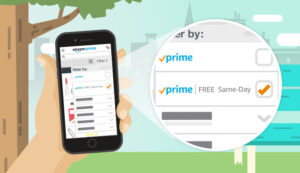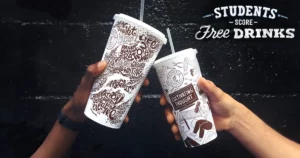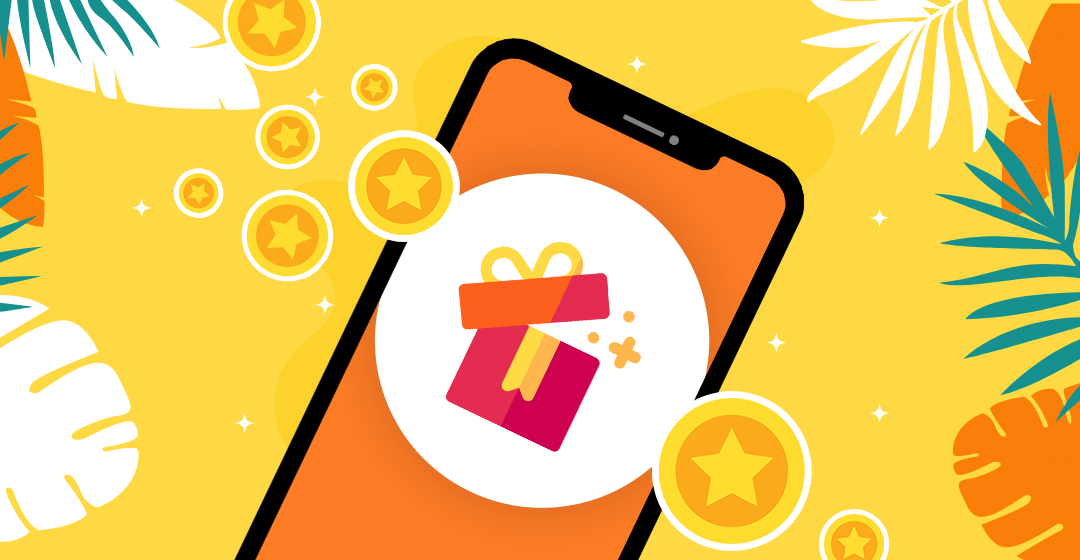In the ever-evolving landscape of digital ordering, staying ahead of the curve is imperative for restaurants and retailers alike. As we venture further into 2024, several trends are reshaping the way customers interact with businesses digitally. From AI-driven personalization to the rise of virtual kitchens, the opportunities for technology to influence traditional restaurant and retail business models are boundless. In this article, we’ll delve into some of the most exciting digital trends for 2024.
1. AI-Powered Personalization
In 2024, personalization is king. Customers expect tailored recommendations and experiences when ordering online. AI algorithms analyze past orders, preferences, and behavior to offer personalized suggestions, creating a seamless and delightful ordering process.
2. Virtual Kitchens and Ghost Restaurants
The concept of virtual kitchens and ghost restaurants has gained significant traction in 2024. These establishments operate solely for delivery and pickup, leveraging technology to streamline operations and reach a broader customer base.
3. Social Commerce Integration
Social media platforms have become powerful channels for driving online orders in 2024. Businesses are leveraging social commerce features to showcase their products and services, engage with customers, and facilitate seamless ordering experiences directly within social media apps.
4. Subscription-Based Ordering Models
Subscription-based ordering models are gaining popularity in 2024, offering customers convenience and savings through recurring orders of their favorite products or meals.
In conclusion, the online ordering landscape in 2024 is ripe with opportunities for businesses to innovate and thrive. By embracing trends such as AI-powered personalization, virtual kitchens, contactless ordering, social commerce integration, and subscription-based models, businesses can stay ahead of the curve and meet the evolving needs of their customers.















